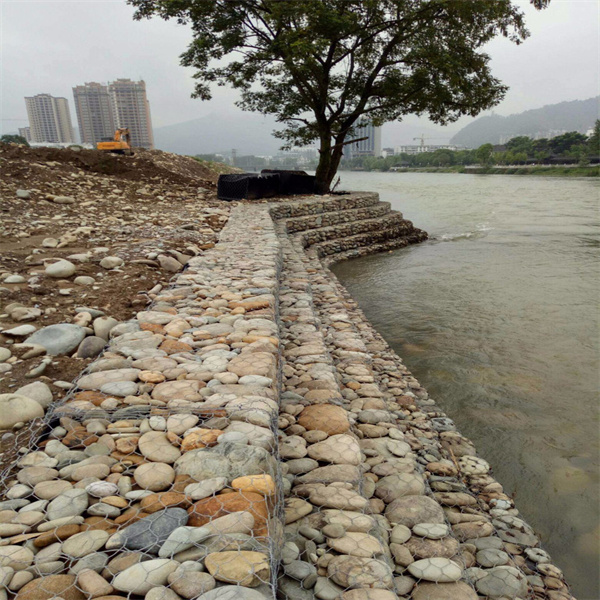okt . 13, 2024 03:04 Back to list
gabion facade manufacturer
Exploring the Benefits of Gabion Facades in Modern Architecture
In the ever-evolving world of architecture, the use of innovative materials and design elements is essential to create aesthetically pleasing, functional, and sustainable structures. One such material gaining popularity in modern construction is the gabion. Traditionally used for civil engineering projects, gabions, which are wire mesh cages filled with rocks or other materials, are now making their mark as a stylish option for building facades. The versatility and environmental benefits of gabion facades make them a compelling choice for architects and builders alike.
Aesthetic Appeal
Gabion facades offer a unique aesthetic that can enhance the visual appeal of any building. The rugged texture and natural appearance of the stones create a striking contrast to sleek modern materials like glass and steel. Architects can use gabions in a variety of ways, such as creating entire walls, cladding features, or as accents to soften the harsh lines of contemporary design. The possibility of using different types of stones allows for a range of colors and finishes that can complement the overall theme of the project. Ultimately, gabion facades provide a fresh and organic touch, breaking the monotony of conventional building materials.
Sustainability
One of the standout features of gabion facades is their contributions to sustainability. With growing concerns about the environmental impact of construction, the shift towards eco-friendly materials is more crucial than ever. Gabions can be filled with locally sourced or recycled materials, significantly reducing the carbon footprint associated with transportation and mining. Furthermore, the open structure of gabion walls allows for natural ventilation, contributing to energy efficiency in buildings. They also promote biodiversity by serving as habitats for vegetation and small wildlife, which can enhance the ecological value of the constructed environment.
gabion facade manufacturer

Durability and Maintenance
Gabion facades are incredibly durable, thanks to the robust materials used in their construction. The wire mesh is typically made from galvanized steel, ensuring resistance to corrosion and longevity. When filled with stones, gabions can withstand severe weather conditions, making them suitable for a wide range of climates. Importantly, gabion facades require minimal maintenance. The natural stone will not fade or deteriorate over time, and the structure can be easily inspected for any necessary repairs without extensive effort or expense.
Acoustic and Thermal Performance
Another advantage of gabion facades is their acoustic and thermal benefits. The mass of the stones effectively dampens noise, making them an excellent choice for buildings located in busy urban areas. In terms of thermal performance, gabion walls can help regulate indoor temperatures by acting as thermal mass, absorbing heat during the day and releasing it at night. This feature can contribute to increased comfort levels for occupants and reduce reliance on heating and cooling systems.
Conclusion
In conclusion, gabion facades present an innovative and sustainable option for modern architecture. With their unique aesthetic appeal, durability, low maintenance needs, and additional benefits regarding acoustic and thermal performance, they are becoming a favored choice among architects and builders. As the construction industry continues to prioritize environmentally friendly practices and creative design solutions, gabion facades will undoubtedly play a significant role in shaping the future of architecture. By embracing materials that respect nature and enhance the built environment, we can create structures that are not only beautiful but also sustainable and functional.
-
Why PVC Coated Gabion Mattress Is the Best Solution for Long-Term Erosion Control
NewsMay.23,2025
-
Gabion Wire Mesh: The Reinforced Solution for Modern Construction and Landscape Design
NewsMay.23,2025
-
Gabion Wall: The Flexible, Seismic-Resistant Solution for Modern Landscaping and Construction
NewsMay.23,2025
-
Gabion Wall Solutions: The Durable, Decorative, and Affordable Choice for Every Landscape
NewsMay.23,2025
-
Gabion Basket: The Durable and Flexible Alternative to Traditional Retaining Walls
NewsMay.23,2025
-
Gabion Basket: The Proven Solution for Slope Stability and Flood Control
NewsMay.23,2025
-
Versatility of Chain Link Fence Gabion
NewsMay.13,2025






